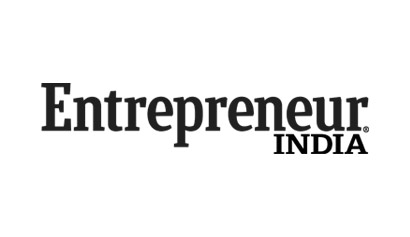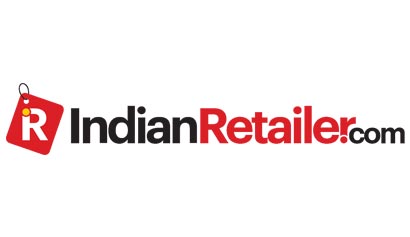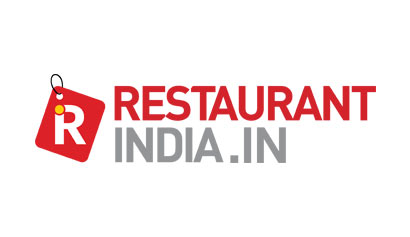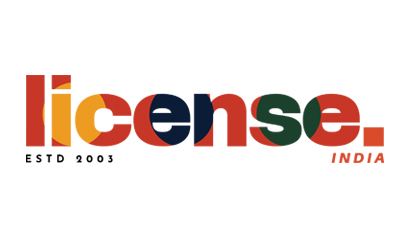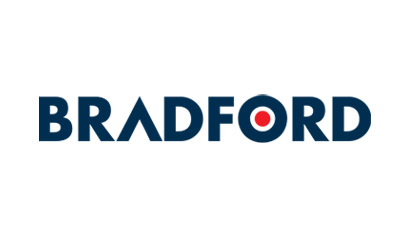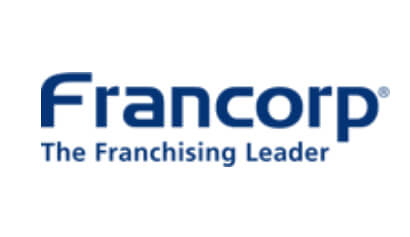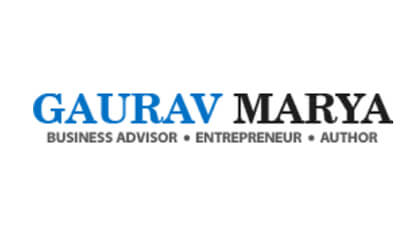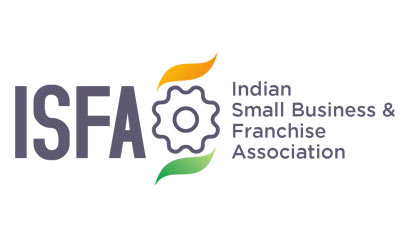To get access to over 10000+ Franchise Business Opportunities.
Network with the growing Business Community to get expert interventions to let you learn to Grow & Expand your Business with Franchising.
Before addressing the specifics of the topic (Small vs. large formats), it is firstly very essential to know why many franchisees in India fail. Many franchisors offering franchisees in India have never operated a single outlet in India themselves (or in
Often, the mistake is compounded when a western store model is force fitted to India. This typically results in the franchisee incurring `Dollar costs' while his revenues are in Rupees and are a fraction of what the franchise would earn in the U.S. For e.g. the sales of a McDonalds outlet in India are under 30 per cent of what they are in the US. This is consistent with the price differences in the menu (the famous Big mac index) and the average bill value. McDonalds has understood this and spent years developing a supply chain that can deliver lower cost inputs, for menu items that are popular with Indian customers and with a store capex that can ensure an adequate RoI. Not every franchisor is willing to spend the time, or make the investments that McDonalds did nor do the franchisees undertake basic research on the applicability of a western business model to India - something the Internet has made very simple.
For frozen yogurt category, the average turnover of an outlet in India is barely 20 per cent of an outlet in the US. It implies that the business model in India has to be radically reworked, to provide a viable RoI, through lower costs. Lower revenues per store also mean that certain customer segments which have spending power below a minimum threshold, will not be a viable segment to target, though they may be very important in a more affluent market. For e.g. college campuses in the US are a big market for frozen yogurt brands in the US, but in India, there is significant price resistance (and competition from cheap street food) in even the most upscale campuses. The largest element of cost in the QSR business in India is typically rent. Rent, as a proportion of revenue, is probably higher in India than in any other major market globally (Rents per sq. ft in Mumbai and NCR are also among the highest, in absolute terms). No single brand of QSR or restaurant can influence rents, since QSR's are relatively small in size. There are over 11,000 Starbucks and 14,000 McDonalds in the US, the sellers (Landlord's) are numerous and fragmented and there are as yet few brands that have the ability to pull customers and thereby act as anchor tenants justifying a lower rent. The only way therefore to lower rentals, is to reduce outlet size. A QSR outlet typically has a `back end' devoted to food preparation and storage and a front end which is the customer area. Given that the back end needs to be a minimum size and reduction in outlet size has to be got by a smaller customer facing area - in some cases (e.g. kiosks) this is done away with altogether.
The obvious way this is implemented is in food courts of malls, where there is a common seating area for different outlets - effectively the `front end' of the outlet is shared. However, this is also possible at shopping centres, markets etc where there are (often unofficial) seating areas, which customers prefer over sitting inside a store. Apart from this macro level information, getting customer insight at outlet level, requires that someone can empathise with the customer. While many CEO's would like to visit and approve new outlets personally, it is important that such visits address issues like weather the outlets size is optimal (from a rent/revenue perspective) and how a potential customer would react to it. One of the characteristics of Retail in India, is that the person serving the customer often cannot afford the product she or he is selling. To get better customer insight, we use interns, who themselves love our product and come from the same socio-economic background as the customer and who volunteer for the job to learn, rather than for a stipend. We have relocated some of our high rental outlets, to smaller locations in the same catchment and have seen no significant drop in sales. However, this is a process of trial and error and a new brand needs to experiment (and perhaps close a few outlets) before one can figure out what size is optimal for it. When looking at optimal size, it is important to be guided mainly by commercial considerations (i.e. can I afford it) rather than 'what does my customer prefer'.
Another reality of real estate in India is that, the availability of real estate decides outlet size and not a fixed design template. Our cities are unplanned to an extent unheard of in other countries and consequently our cities have a large variation in outlet sizes and restrictions.
Often, in a catchment one desires to enter, the only available space at the target rental could be too large or small than the `standard' size for the brand. In such cases, one has to have the flexibility of sharing space (with a complimentary brand) or reworking the outlet layout to fit into a smaller area.
For frozen yogurt category, the average turnover of an outlet in India is barely 20 per cent of an outlet in the US. It implies that the business model in India has to be radically reworked, to provide a viable RoI, through lower costs.
The largest element of cost in the QSR business in India is typically rent. Rent, as a proportion of revenue, is probably higher in India than in any other major market globally (Rents per sq. ft in Mumbai and NCR are also among the highest, in absolute terms).
This is a process of trial and error and a new brand needs to experiment (and perhaps close a few outlets) before one can figure out what size is optimal for it. When looking at optimal size, it is important to be guided mainly by commercial considerations (i.e. can I afford it) rather than 'what does my customer prefer'.
Rahul is the Chief Executive Officer of Cocoberry - India's well recognized chain of frozen yogurt outlets. Rahul is an MBA from IIM-Ahmadabad and he began his career with HUL and then handled assignments abroad in FMCG & retail. He worked with Aditya Birla retail in various roles, before joining Cocoberry. He worked with Aditya Birla retail in various roles, before joining Cocoberry.


Business Opportunities
Browse By Investment Range
Browse By States
Popular Cities




